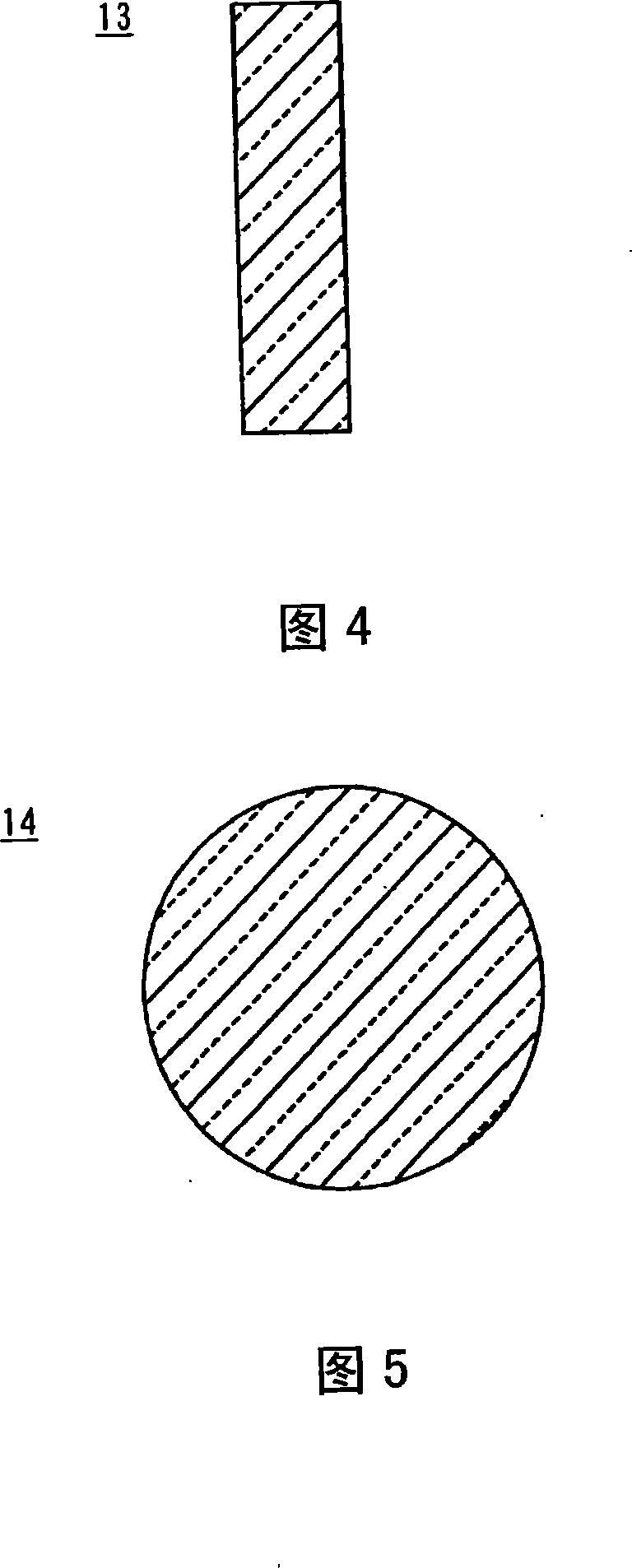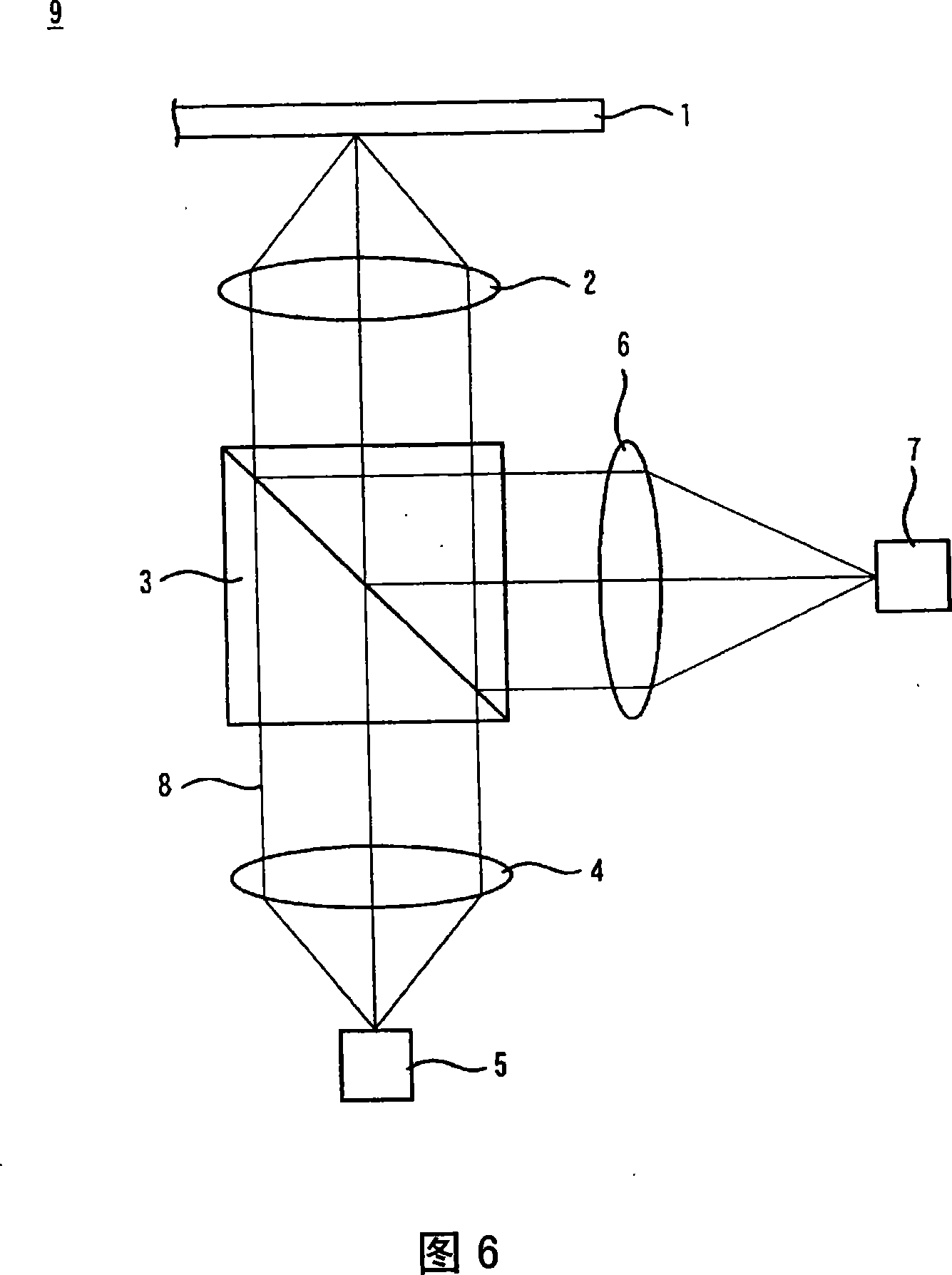Translucent ceramic, method for manufacturing the same, optical component, and optical device
A technology of light transmission and ceramics, which is applied in the direction of optical elements, beam guiding devices, optical recording/reproduction, etc., can solve problems such as changes in refractive index and Abbe number, achieve increased light transmittance, and improve light transmittance The effect of high efficiency and excellent optical characteristics
- Summary
- Abstract
- Description
- Claims
- Application Information
AI Technical Summary
Problems solved by technology
Method used
Image
Examples
experiment example 1
[0084] As a raw material, prepare BaCO 3 , SrCO 3 , CaCO 3 , ZnO, MgCO 3 , Y 2 o 3 、In 2 o 3 、 Ta 2 o 5 , Nb 2 o 5 , SnO 2 , ZrO 2 and HfO 2 And other high-purity powder. Moreover, in order to obtain the general formula (Ba 1-s-t Sr s Ca t )(M x B1 y B2 z ) v o w (Wherein, M is at least one of Sn, Zr and Hf; B1 is at least one of Mg, Zn, Y and In; B2 is at least one of Ta and Nb; w is used to maintain electrical properties Any positive number of the property.) Indicated, various samples shown in Table 1 to Table 5, weigh various raw material powders, and then add SiO2 to various raw material powders. 2 , to make the content rate 100 mass ppm. This was followed by wet mixing with a ball mill for 16 hours. After the mixture was dried, it was calcined at a temperature of 1300° C. for 3 hours to obtain a calcined powder. The value of w after calcination is approximately 3.
[0085] [Table 1]
[0086] sample
M's
...
experiment example 2
[0109] By the TMA method (thermomechanical analysis method), while setting the temperature increase rate at 5° C. / min, the shrinkage ratios of Sample 4 as a Comparative Example and Sample 19 as an Experimental Example prepared in the above-mentioned Experimental Example 1 were obtained. The shrinkage rate is based on the size before firing. Figure 7 shows the TMA curve with the shrinkage rate on the vertical axis and the temperature on the horizontal axis.
[0110] As can be seen from FIG. 7 , sample 19 as an example begins to shrink earlier than sample 4 as a comparative example, and the absolute value of the shrinkage rate also becomes larger when the shrinkage calms down. It can be considered that the difference in shrinkage behavior is reflected in the difference in pore volume ratio.
experiment example 3
[0112] As a raw material, prepare BaCO 3 , SrCO 3 , CaCO 3 , ZnO, MgCO 3 , Y 2 o 3 、In 2 o 3 、 Ta 2 o 5 , Nb 2 o 5 , SnO 2 , ZrO 2 and HfO 2 And other high-purity powder. Moreover, in order to obtain the general formula (Ba 1-s-t Sr s Ca t )(Ti x1 m x2 B1 y B2 z ) v o w (Wherein, M includes at least one of Sn, Zr and Hf; B1 is at least one of Mg, Zn, Y and In; B2 is at least one of Ta and Nb; w is used to maintain electrical properties Positive number of property.) Represented, various samples shown in Table 6 to Table 10, various raw material powders were weighed, and wet-mixed for 16 hours with a ball mill. After the mixture was dried, it was calcined at a temperature of 1300° C. for 3 hours to obtain a calcined powder. The value of w is close to 3 after calcination.
[0113] [Table 6]
[0114] sample
M's
Element type
and content
B1's
Element type
and content
B2
Element t...
PUM
| Property | Measurement | Unit |
|---|---|---|
| refractive index | aaaaa | aaaaa |
| refractive index | aaaaa | aaaaa |
| refractive index | aaaaa | aaaaa |
Abstract
Description
Claims
Application Information
 Login to View More
Login to View More - R&D
- Intellectual Property
- Life Sciences
- Materials
- Tech Scout
- Unparalleled Data Quality
- Higher Quality Content
- 60% Fewer Hallucinations
Browse by: Latest US Patents, China's latest patents, Technical Efficacy Thesaurus, Application Domain, Technology Topic, Popular Technical Reports.
© 2025 PatSnap. All rights reserved.Legal|Privacy policy|Modern Slavery Act Transparency Statement|Sitemap|About US| Contact US: help@patsnap.com



